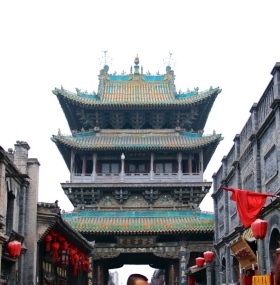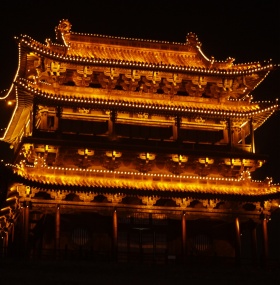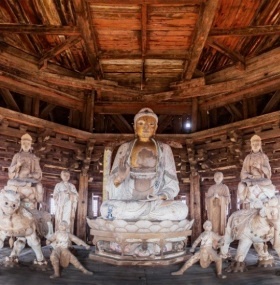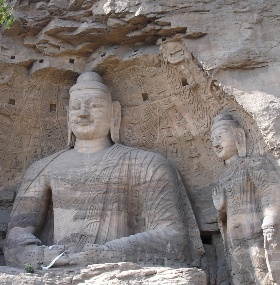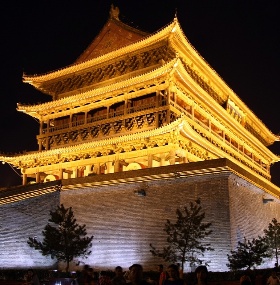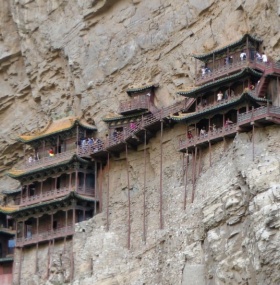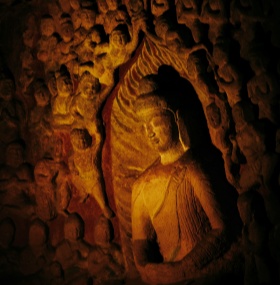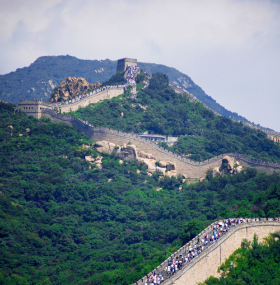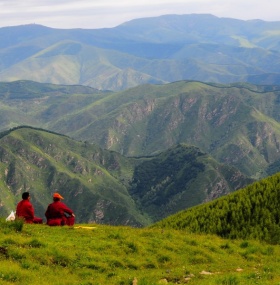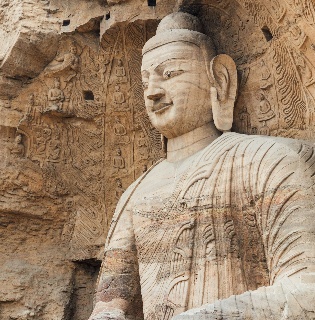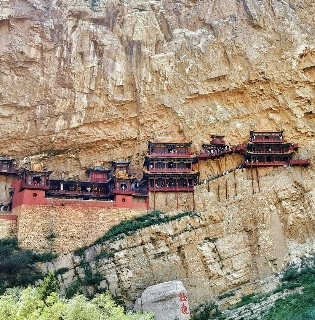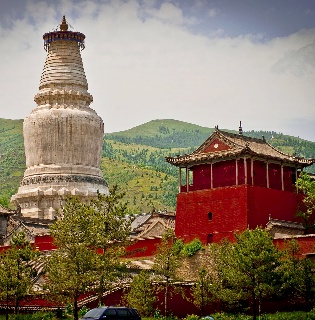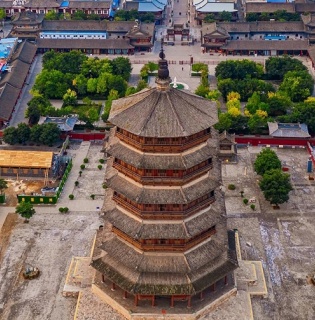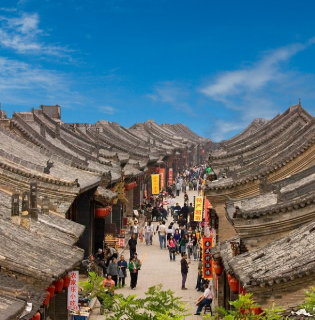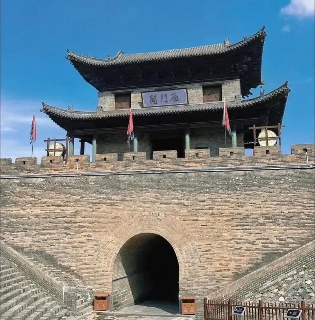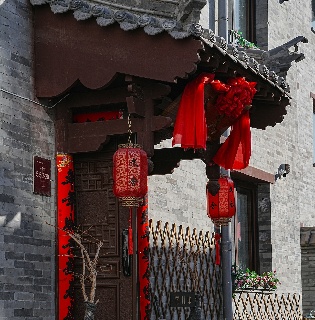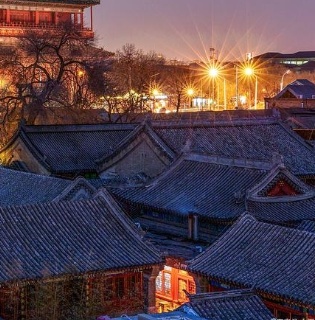The main airport in Shanxi is Taiyuan Wuxu International Airport, which is located in the southeast of Taiyuan, about 13.2 kilometers away from the city, and has now become an airport with many domestic navigable cities and also rich in international routes. At present, Shanxi's high-speed railway network has covered many major cities in the province, such as Taiyuan, Datong and Xinzhou. Air travel: Taiyuan Wuxu International Airport is not only the largest airport in Shanxi, but also an important regional aviation hub, undertaking the task of landing and taking off for many domestic and international routes. In addition to Taiyuan Wuxu International Airport, Shanxi also has transportation airports such as Yuncheng Zhangxiao Airport, Changzhi Wangcun Airport, Datong Yungang Airport, Lvliang Dawu Airport, Xinzhou Wutaishan Airport and Linfen Qiao Li Airport. If you are traveling to Shanxi from other countries or other distant provinces in China, it is more comfortable and faster to fly. Shanxi 2h-3h flights to: - Kunming, Xi'an, Chongqing, Chengdu, Wuhan Shanxi 1-2h flights to Beijing, Xi'an, Zhengzhou, Shijiazhuang High-speed rail travel: If you are traveling to Shanxi from a province or city near Shanxi, then high-speed rail will be a good way to travel, which is time-consuming, convenient and cost-effective. High-speed train 1-3 hours to reach the city: Jinzhong, Xinzhou, Yangquan, Changzhi, Linfen, Luliang, Jincheng

Top Destinations
Shanxi City Tour
1China Tours from Shanxi
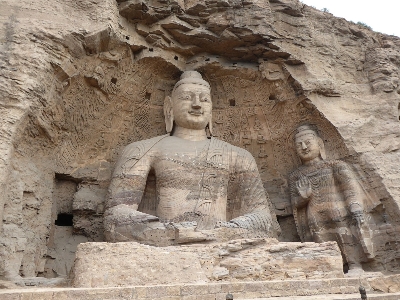
Yungang Grottoes
- Yungang Grottoes, located in Datong City, Shanxi Province, is one of the four major grottoes in China, which were excavated in the Northern Wei Dynasty, with a history of more than 1,500 years. The grottoes are carved out of the mountain, stretching about 1 kilometer from east to west, with 45 main caves, 252 large and small niches, and more than 51,000 stone statues, representing the outstanding Buddhist cave art in China from the 5th to the 6th centuries A.D., and are the treasures of cultural exchanges between China and foreign countries. Visiting Qiao Family Residence and Wang Family Residence, you will learn about the way of doing business and lifestyle of Jin merchants, and feel the profoundness of Chinese traditional culture.
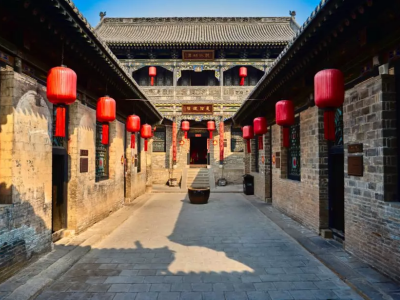
Qiao Family Courtyard
- Qiao Family Courtyard, also known as Jhongtang, is located in Qiaojiabao Village, Qixian County, Shanxi Province. It was built in 1756, and is an ancient residence with the traditional residential architectural style of the north. It is famous for its majestic architectural groups and rich cultural connotations, with more than 5,000 pieces of precious relics on display, reflecting the folk customs of the Jinzhong area in Shanxi Province.
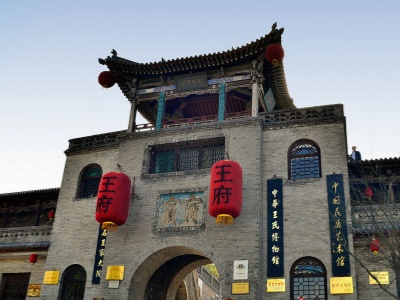
Wang Family Courtyard
- Located in Jingsheng Village, Jingsheng Town, Lingshi County, Jinzhong City, Shanxi Province, the Wang Family Courtyard is a masterpiece of residential architecture in the Qing Dynasty, built by the Jingsheng Wang family through the Ming and Qing dynasties. Famous for its grand scale and exquisite architectural craftsmanship, the Wang Family Residence is known as the "First Residence of Chinese Folk Dwellings" and the "Forbidden City of Chinese Folk".
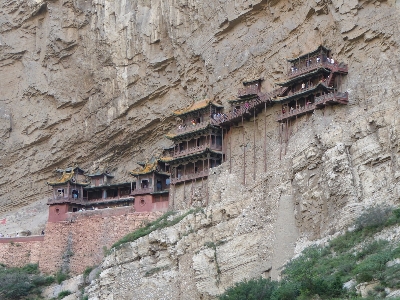
Xuankong Temple
- Xuankong Temple, with a long history, was built in the late Northern Wei Dynasty (491), more than 1,500 years ago. The Xuankong Temple is a unique temple that combines Buddhism, Taoism and Confucianism. The architecture is very distinctive, and it is famous for its steepness as if facing an abyss, which is regarded as the "First Scenic Spot" among the eighteen scenic spots of Hengshan Mountain. The architectural structure and location of the Hanging Temple fully reflect the wisdom and courage of ancient Chinese craftsmen, and is one of the treasures of Chinese civilization.
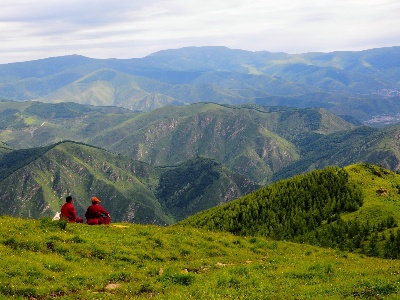
Wutai Mountain
- Wutai Mountain, one of the four famous Buddhist mountains in China, is a World Heritage Site and a national AAAAA level tourist attraction. The five peaks here are towering and the top of the peaks are flat like a platform, hence the name Wutai Mountain. Its unique Buddhist culture and historical background attracts many tourists and believers to visit and worship. The climate of Wutai Mountain is cold, and the summer is cool and pleasant, known as the "cool mountain", is a summer resort.
-
Question 1
How to get to Shanxi?
-
Question 2
What is the climate in Shanxi?
The climate type of Shanxi belongs to the temperate continental monsoon climate. Because Shanxi is located inland in the mid-latitude zone and has a complex topography, with mountains, hills, plateaus, basins, plateaus and other landforms within its borders, there is a significant difference in climate between the north and the south. The overall distribution trend is from north to south, and from basin to high mountain.
-
Question 3
What's the best time to visit Shanxi?
The best time periods to visit Shanxi are spring and fall. Spring (March-May) is the starting season for traveling in Shanxi, when temperatures gradually warm up and major scenic spots begin to welcome tourists. At this time, the sea of flowers in Shanxi is in full bloom, especially in the fields around the ancient city of Pingyao, where rapeseed flowers and peach blossoms compete with each other to create a sea of splendor. Shanxi's pleasant climate in spring makes it suitable for outdoor hiking and photography, but it should be noted that there is a big temperature difference between morning and evening in Shanxi in spring, so tourists need to prepare warm clothing. Shanxi in the fall (September-November), the sky is high and the climate is pleasant. At this time, the major scenic spots in Shanxi present the most beautiful views of the year. The old streets and alleys of Pingyao Ancient City look especially charming under the autumn sun; the Yungang Grottoes in Datong are more solemn under the autumn wind; and the Jin Ancestral Temple in Taiyuan is speckled with autumn leaves, which reflect the ancient buildings. Autumn is also a good time to taste the specialties of Shanxi.
-
Question 4
What kind of culture can you experience in Shanxi?
Shanxi historical and cultural characteristics: Shanxi has a "5,000 years of culture to see Shanxi" reputation, the history of many great poets, such as Bai Juyi, Liu Zongyuan, Wang Wei and so on. Shanxi characteristics of noodle culture: Shanxi is known as "the root of the world's noodle", there are more than 300 kinds of noodle, the most famous Shanxi knife-shaved noodles, buckwheat noodles, etc. Shanxi cultural characteristics: folk face molding, Qitai Yangge
Why Choose Intoexplore




China Travel Customer Reviews & Experiences
At Into Explore, we pride ourselves on creating unforgettable journeys across China. Don't just take our word for it—read what our customers have to say! Here, you can explore firsthand accounts from travelers who have experienced the beauty, culture, and adventures of China with us.

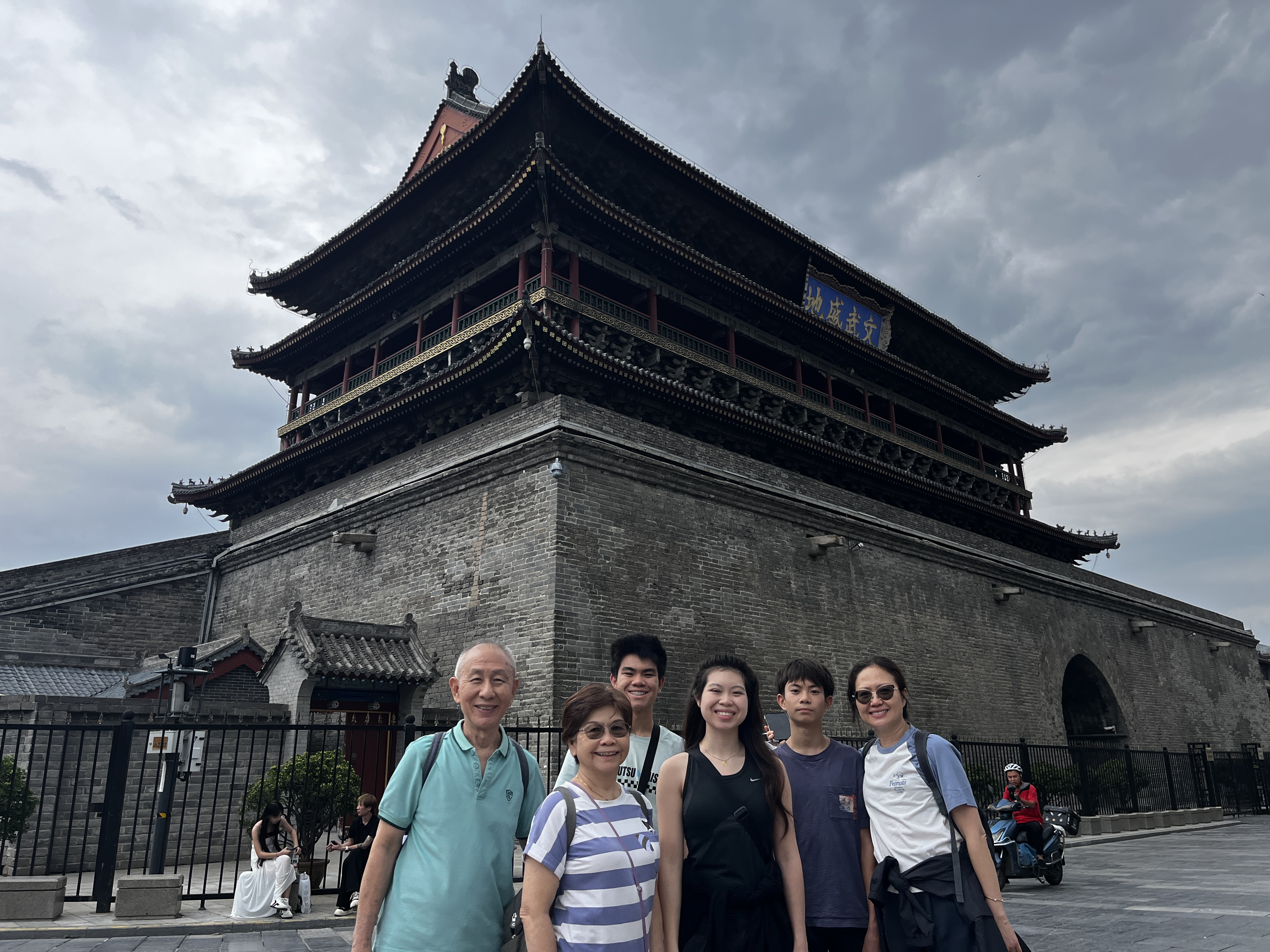
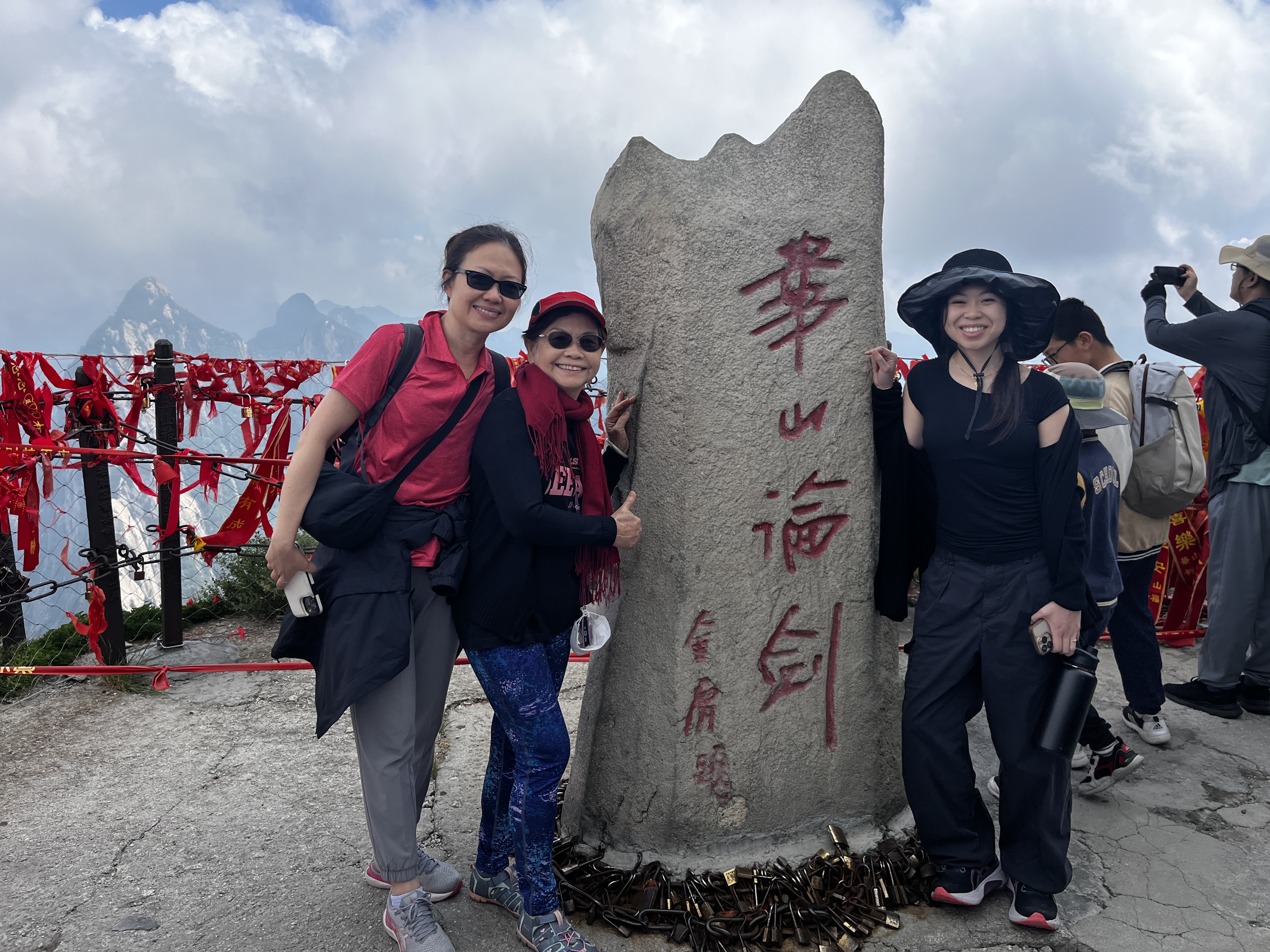
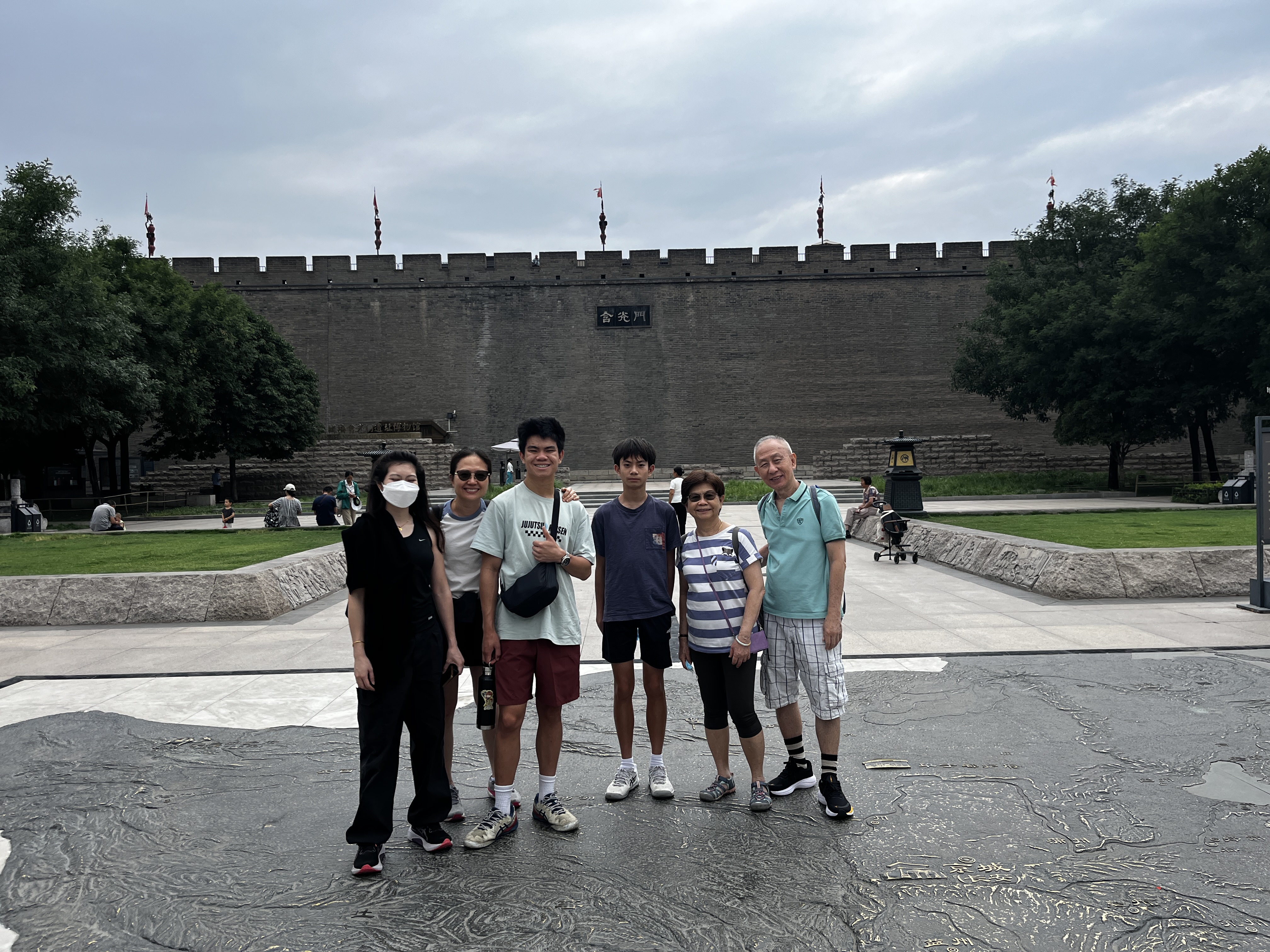
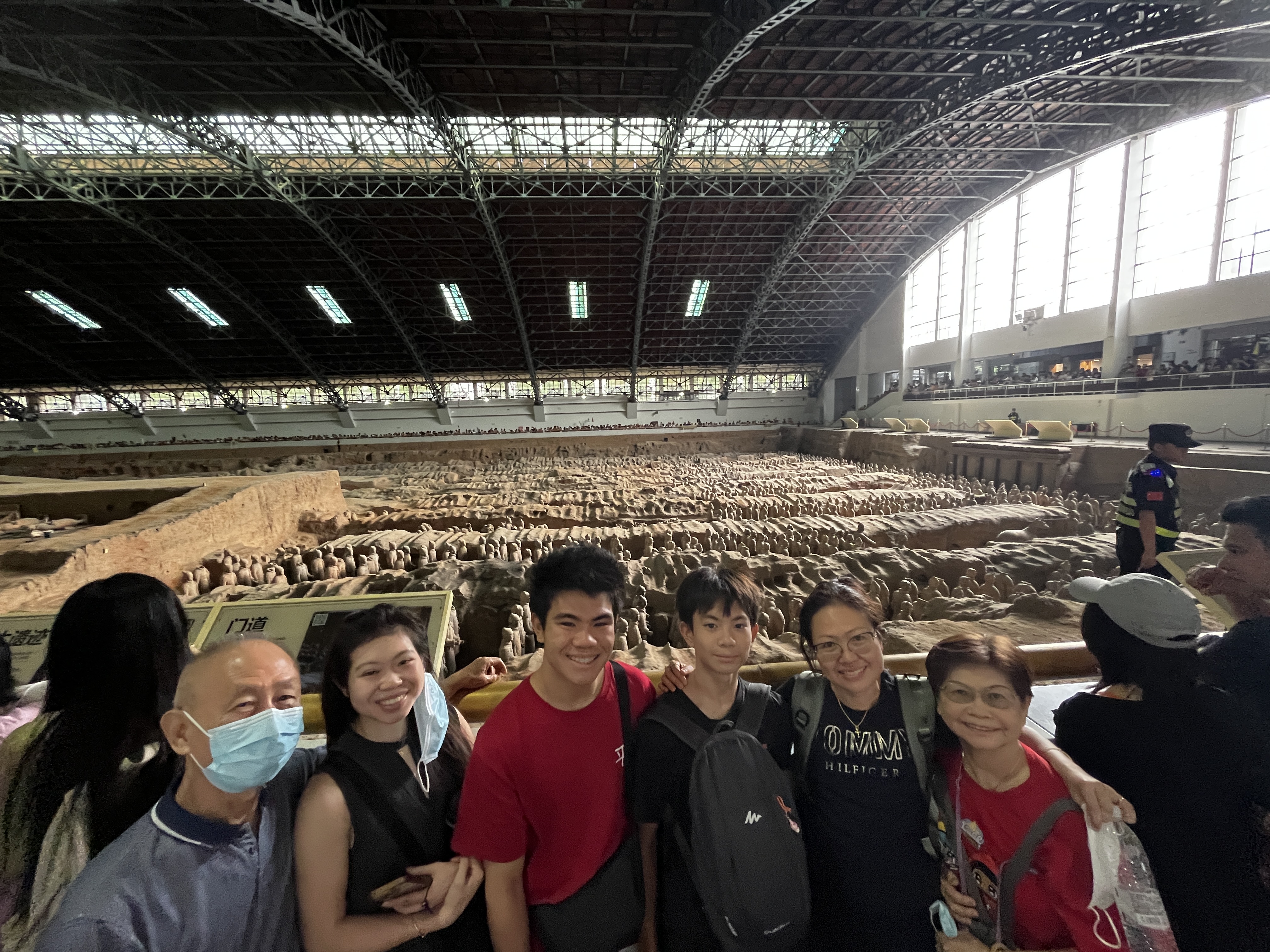
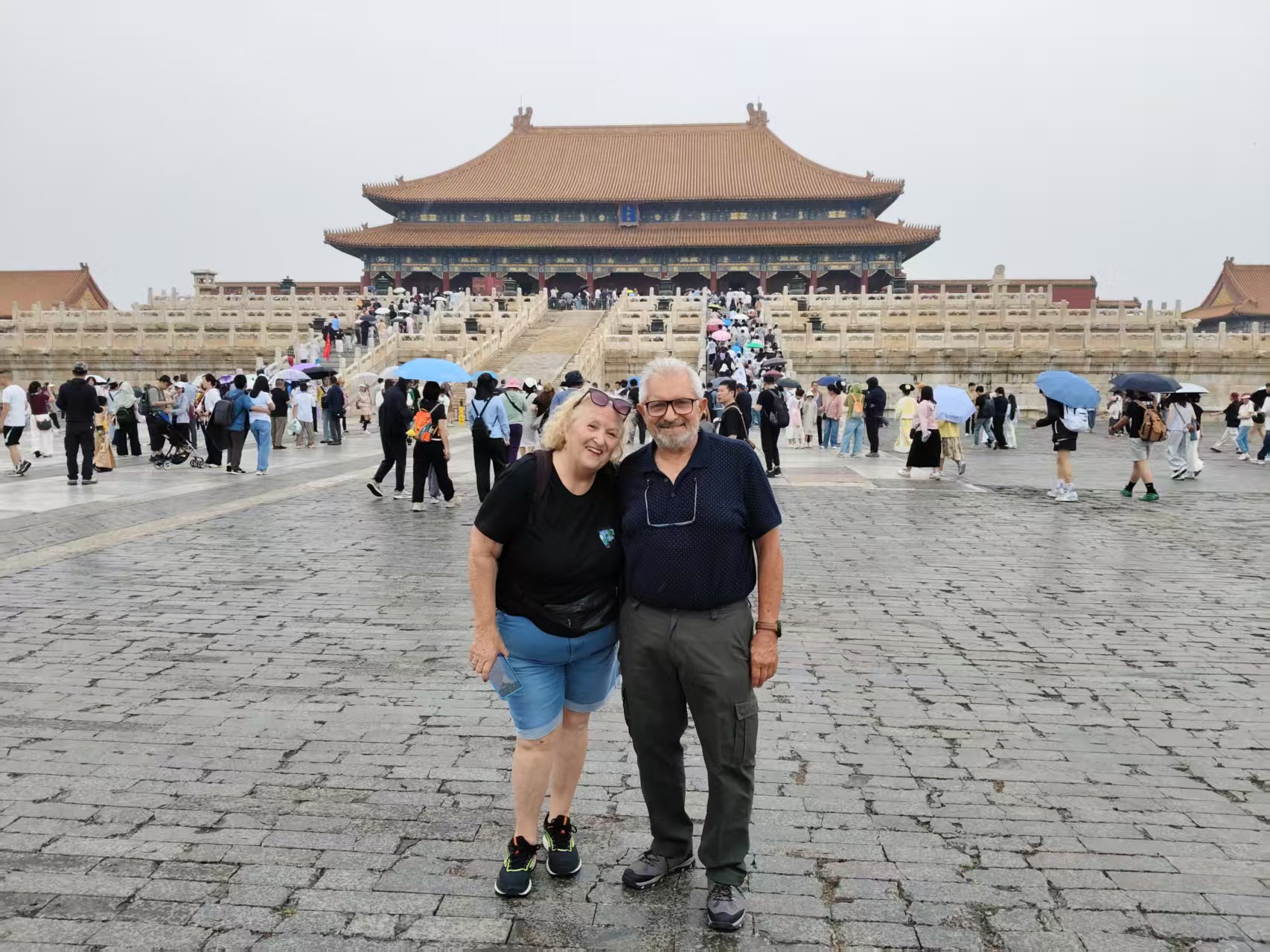
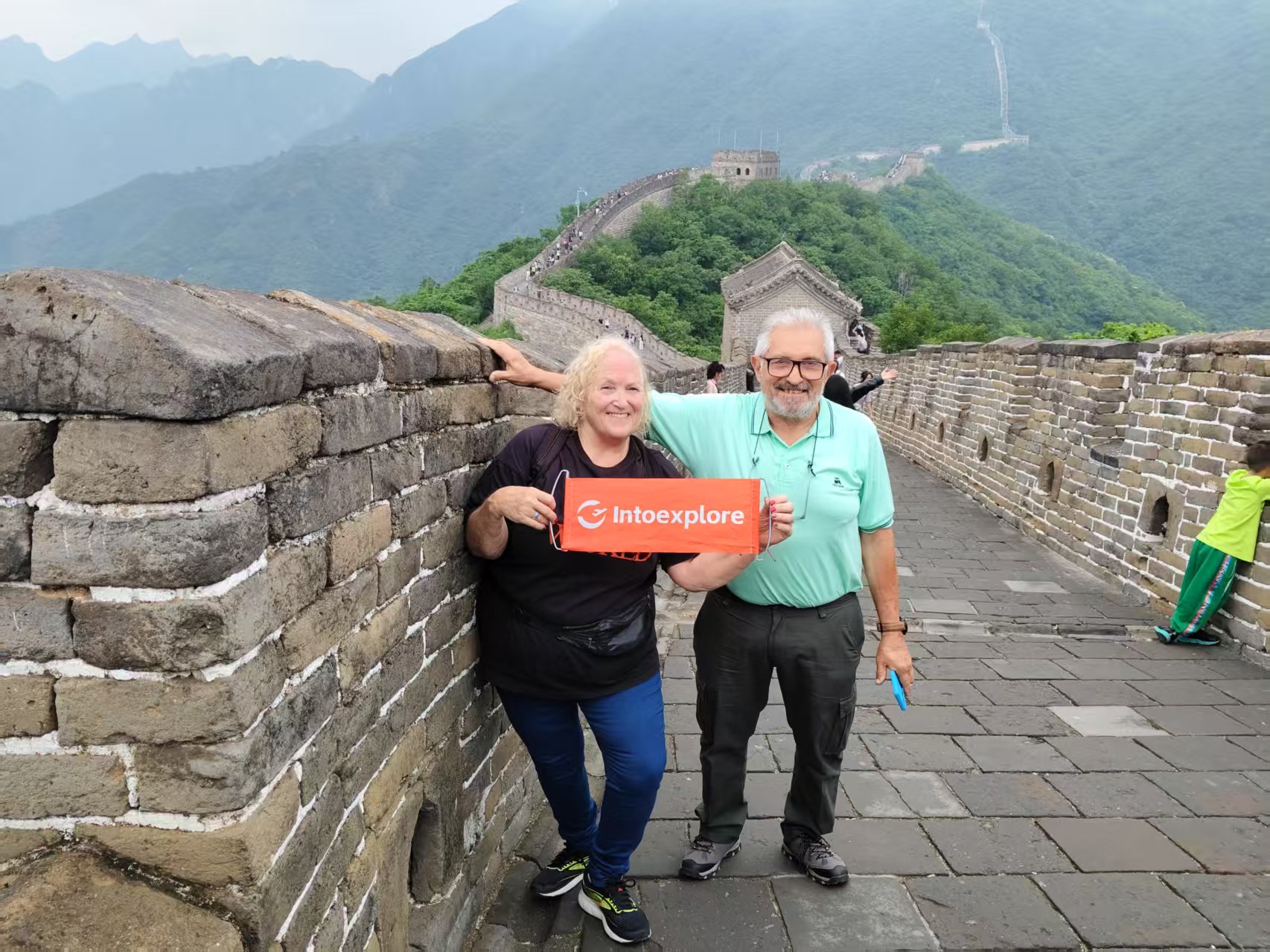
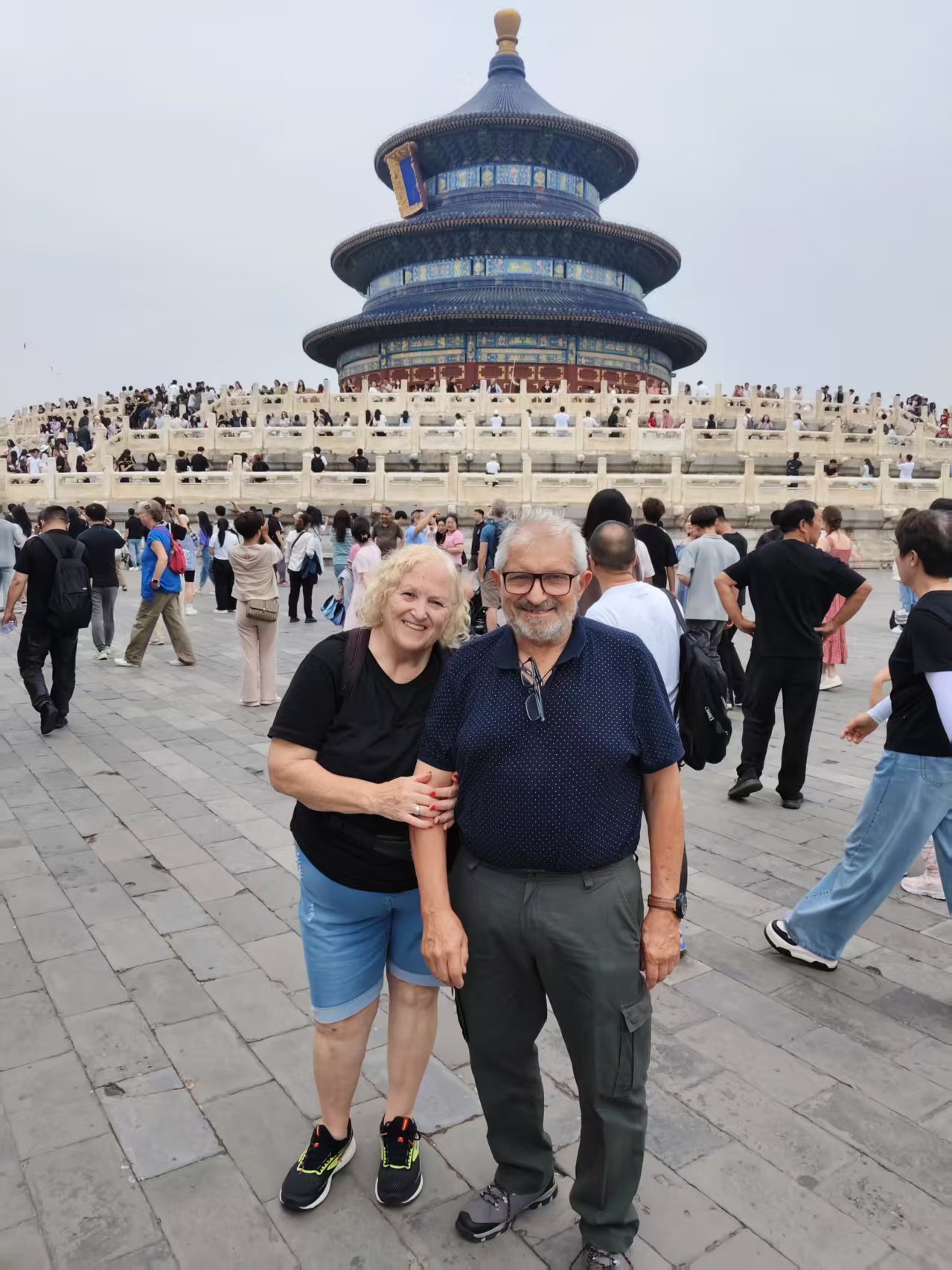




CONTACT US
We’re here to help you plan your unforgettable journey through China!

Whatsapp/Tel:+86 17790278341

